There are many things I say that I realize make me sound old. Once you start any sentence with, “When I was a kid,” that’s when you officially know you’re old. When the songs you grew up listening to start appearing on the oldies station, you’re old. And when you say things like, “I think practical effects are still better than CGI,” there’s a chance you grew up in the ’80s — and I did.
When the second half of It came out, I went to the theater to see it. Though I love the kid actors and Bill Skarsgard, I’m still a loyal Tim Curry fan when it comes to the franchise. However, it wasn’t the actors’ performances that stole the show in that film; it was the CGI.
The CGI in It: Chapter Two was literally so pervasive that it took me out of the movie, and once, at a climactic moment that I was sure was supposed to be terrifying, I got a case of the giggles.
It looked so silly and so fake that I couldn’t help but laugh aloud, and I couldn’t contain my mirth. Once again, I was reminded why CGI doesn’t enhance horror but actually makes it look so artificial and so fake that you can’t even suspend disbelief in order to enjoy the film itself.

Some of the earliest practical effects were done by Ray Harryhausen, and his stop-motion would later influence filmmakers ranging from Steven Spielberg to Tim Burton.
When I was a kid, artists like Tom Savini and Rick Baker popularized horror effects and make-up. Their brilliant artistry and creativity contributed to movies like An American Werewolf in London and Friday the 13th.
Yes, it’s true that some early effects weren’t exactly completely realistic (but the eyeball-popping in Friday the 13th is still good for a laugh), but the amount of work and art that went into those effects is still mind-blowing to me.
The giant snake in “Dream Warriors.” Michael Jackson and his dancing zombies in the iconic “Thriller” video. The many effects in the Evil Dead films. The Exorcist, with terrifying make-up done by Dick Smith, was the first horror film of all time to be nominated for an Oscar, in no small part due to the stunning special effects and make-up (all practical, of course).
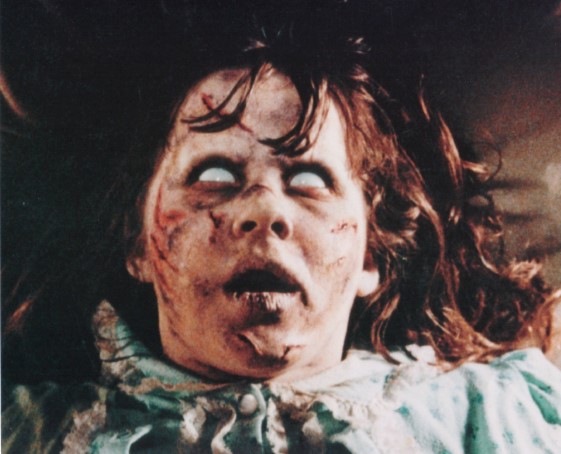
Films like Child’s Play, The Thing, and Poltergeist stunned scared audiences with amazing effects all made by hand — stop-motion that took months to perfect, latex prosthetics, and puppetry (a lost art in itself). Many of these movies have been remade, and most fans still prefer the look of the old films over today’s polished and too-perfect digitally remastered remakes.
I still want to throw up in my mouth a little when I see Jeff Goldblum turning into the Brundlefly in The Fly, and I cannot imagine that it would look half as scary today.
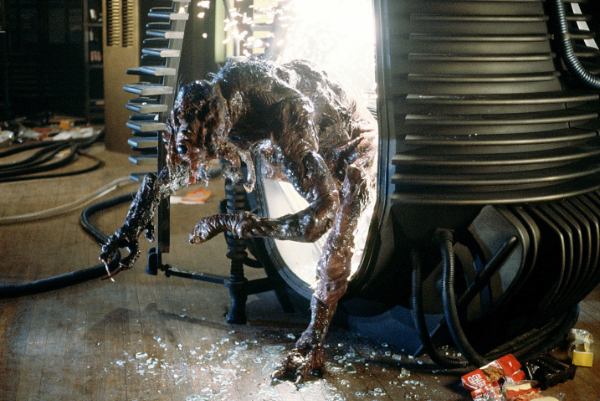
I can’t believe Jabba the Hutt was an actual puppet, with several puppeteers inside commanding his every facial twitch and movement. Award-winning make-up artists and SFX creators were put out of work faster than you can call up Beetlejuice when digital effects took over in the ’90s.
These days, make-up artists don’t even bother spending hours with stars in the make-up chair since they can add whatever they need to digitally in post-production, and that may be one reason why today’s films lack the magic that special effects of yesteryear brought with it.
It (2017 + 2019) is only one example of many movies gone wrong and, in my opinion, a mix of practical effects and subtle digital effects produces the most realistic horror. I’m not saying directors shouldn’t take advantage of the resources that today’s tech-heavy world provides, but to do so sparingly to add to the horror — not take away from it by creating phony effects that don’t look realistic.
Movies like Jurassic Park used a mixture of practical effects and digital ones to create realistic-looking dinosaur sequences; using CGI sparingly was a winning formula for this terrifying film!
Mad Max: Fury Road was, in large part, created with practical effects and ended up nominated for numerous Oscars. Coincidence? I think not! I think viewers embrace practical effects, or at least a mixture of the two, to provide the most realistic-looking action and horror sequences.
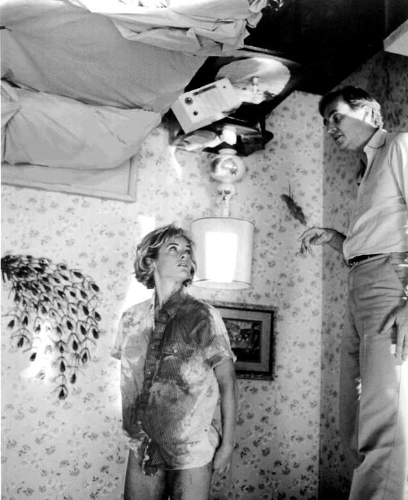
Part of the fun of watching old movies was finding out how they did the effects. I still think the rotating room in A Nightmare on Elm Street that was used when Tina (Amanda Wyss) was killed is one of the most innovative devices I’ve ever heard of, and to this day I believe it to be one of the most terrifying kills of all time.
These were movies that left audiences terrified, that made people feel faint and nauseous, that gave years of lingering nightmares. Movies that produced physical, visceral reactions.
My father saw The Exorcist in the theater and, though he loves horror movies, he’s still spooked by the film and says it’s the scariest movie of all time! As for movies today, I can’t remember the last time a movie genuinely scared me. I believe the last nightmare I had starred the Bent-Neck Lady of Haunting of Hill House (Netflix) fame — which was, yes, practical make-up. And it was completely frightening.
What’s sad to me is that artists like my friend Lauren’s parents, Rob and Cathy Tharp, whose 40+ years of work with Don Post Studios also brought their artistic brilliance to movies like Halloween III: Season of the Witch, Beetlejuice, and the remake of The Blob (a remake I actually enjoy) were put out of business when digital effects came along. These beyond amazing folks, along with scores of other supremely talented artists, prop makers, and make-up artists are no longer needed, which is a damn shame considering how much better the movies they worked on are than today’s CGI-filled films.
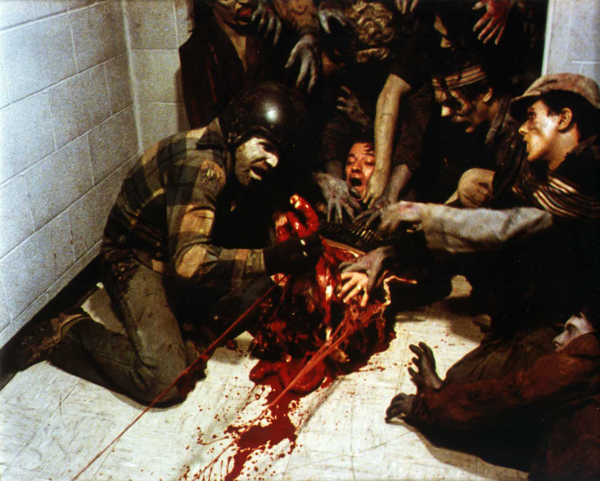
Artists like Greg Nicotero (who apprenticed under Savini on Day of the Dead and has won many awards for special effects in television and film) are still lauded for their talents, but these artists that actually still work regularly are few and far between, because most of the magic is now done in front of a computer instead of an actual movie set or make-up trailer, and that’s the scary part of horror movies today.
Gone are the days when directors had one shot to get the right take — whether it was an explosion, decapitation, or bloody kill — and that only added to the excitement of the film. Now, directors can do as many shots as they want, because anything can be manipulated via digital effects.
When’s the last time people fainted during a movie or had to leave because they were going to vomit? Now, that’s a powerful movie! Movies don’t have that effect on viewers any longer because it’s all-too-easy to see the man behind the curtain — to see how Pennywise’s mouth grows huge to swallow a kid with computer graphics… to see the neat, seamless decapitation of a bloody head that should be raw with guts spilling out and dripping corn syrup-laden chunks.
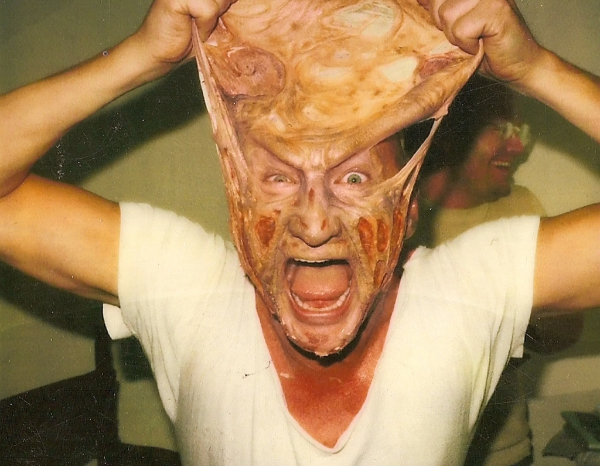
Remember the head explosion in Scanners and the famous pulling apart scene in Hellraiser? Those scenes were scary, they produced a powerful reaction, they were raw. They made you feel. Practical effects that look realistic can convince our brains that what we’re seeing is real, and that makes the terror hit closer to home.
Without practical effects, we wouldn’t have the legendary chest-burster in “Alien” or the host of zombies feasting on flesh in “Day of the Dead.” What about the creature in “The Thing?” these movies are even scarier knowing that the terror on-screen is actually real.
Monster-maker Rick Baker asserts that the actors create a more realistic scene when they’re not acting to a ball on a stick. Imagine more of that! Baker says, “There’s a magic that happens when you have a really great actor in great make-up. He’s there on the set, he can improvise and do things. If he’s on a motion capture stage with a bunch of markers on his face, even great actors have a hard time in an empty room.”

Some directors don’t like using CGI, or use it sparingly because it can look so “good” (polished) that it doesn’t look realistic, and I agree with that wholeheartedly. However, famous effects people like Savini have agreed that using both can really up an effects game, as he did in the film Land of the Dead, which I personally think is the weakest of the series for that very reason!
Yes, I understand that CGI gives directors the freedom to create even more exciting effects, but it can be a double-edged sword. Many movie-makers rely on it too much, therefore making the believable unbelievable.
With newer movies “overdosing” on digital effects, like Jurassic World and the aforementioned It, some directors, like J.J. Abrams (Star Wars: The Force Awakens), are trying to get back to what made movies so great in the past; actually going to locations instead of green-screening them, using practical over digital effects, and applying make-up instead of layering it over the actors’ faces in post-production. As audiences can attest (and box-office success can verify) it makes a BIG difference.
Are we turning away from CGI at last? Let’s hope so. However, I read recently about the long-dead iconic actor James Dean “starring” in a new movie… which is scarier than any horror movie I’ve seen recently (not to mention disrespectful). Hopefully the backlash for this, along with less-than-stellar, unrealistic CGI, will bring back the latex we love — and employ more talented hands-on artists!

***
Editor’s Note: It’s Monday! That means we’ve added a new Freebie to the FREE Stuff! page for our Month of Freebies!
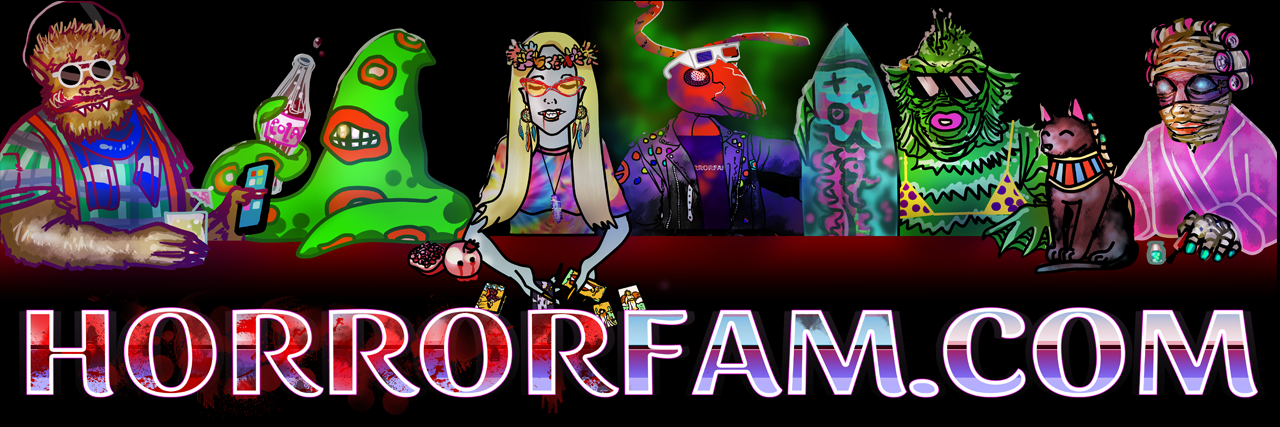
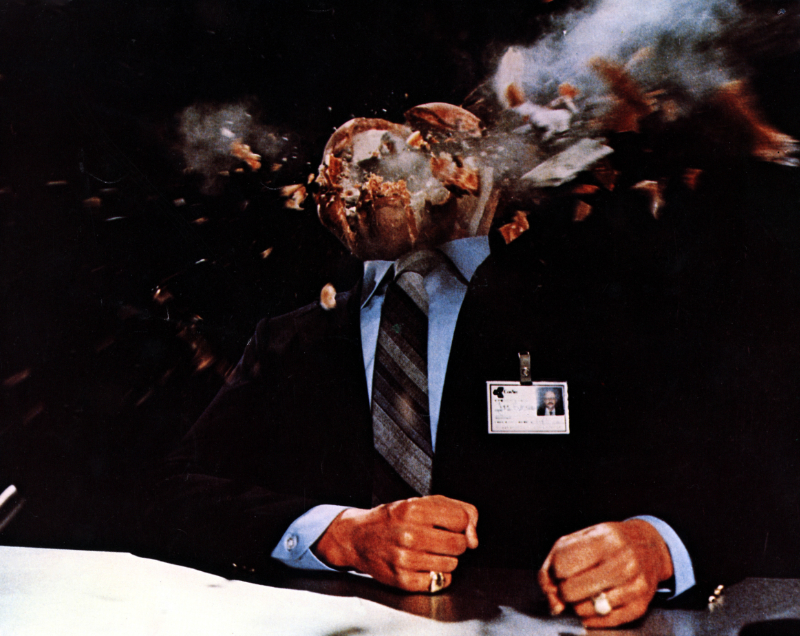
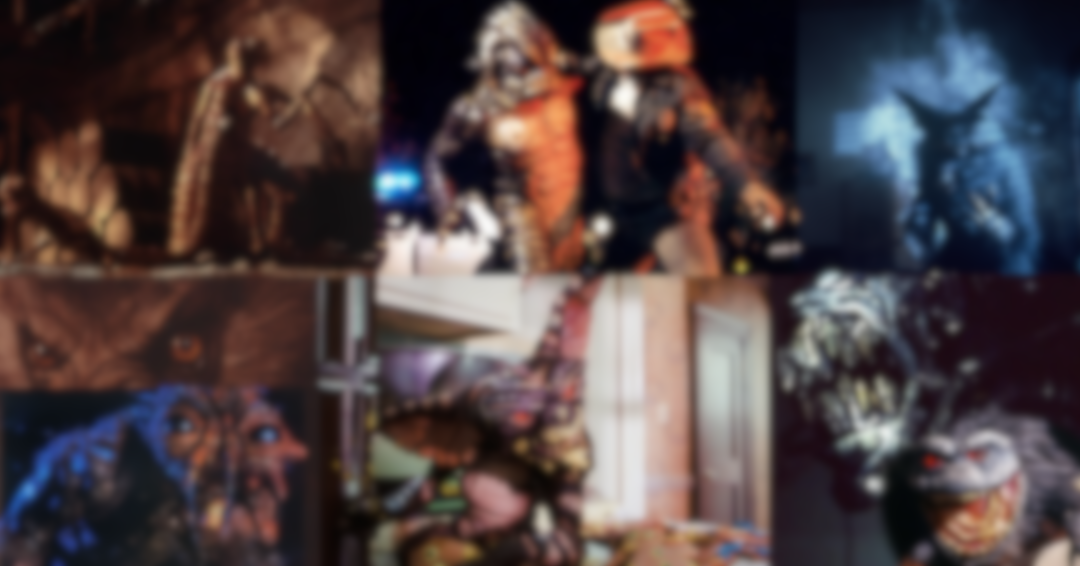
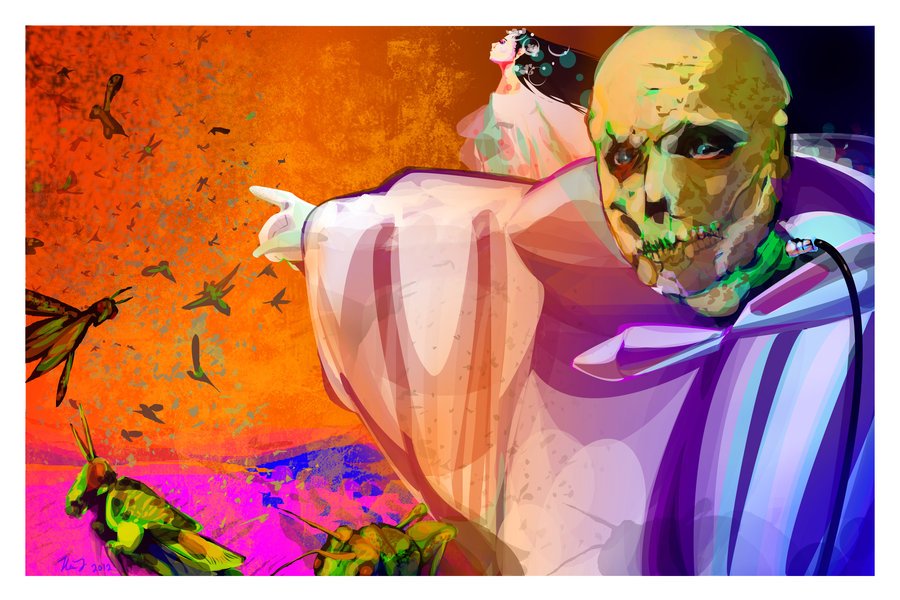
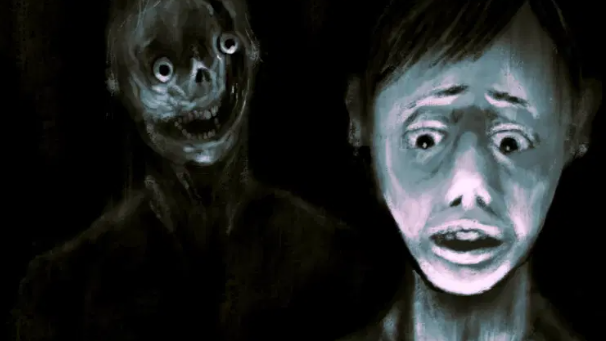

7 thoughts on “Corn Syrup and Latex: A Love Letter to Practical Effects”
Comments are closed.